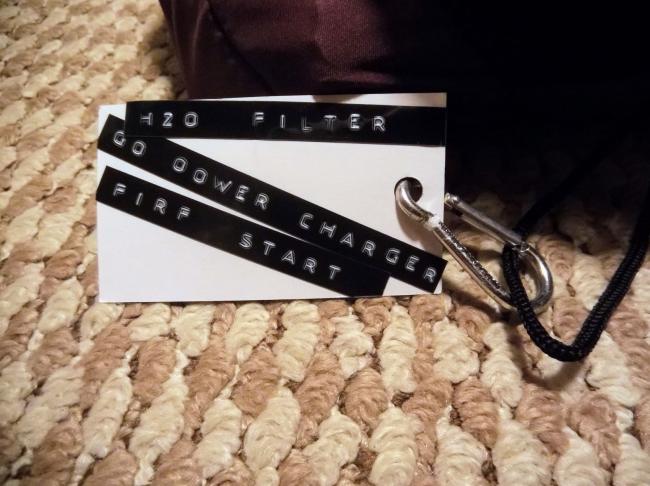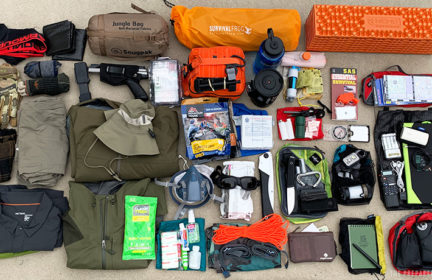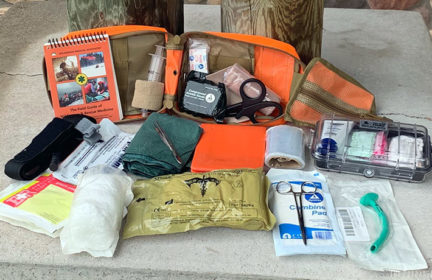Double dipping: camping and prepping
Most of the prepping stuff I’ve read strongly discourages double-dipping, advocating in favor of fully-equipped bug out bags whose contents never get used for regular hiking/camping trips. But realistically, who can afford to own (or has space to store) duplicate sets of camping gear?
The blog below actually has a pretty good method for keeping one’s camping gear pre-staged and ready to go on a moment’s notice, either for last minute trips or, of course, actual emergencies whether they require bugging in or bugging out.
I’ve linked the articles here, beginning with the most relevant:
- https://pmags.com/outdoor-gear-and-disaster-preparedness
- https://pmags.com/perma-camping-kit-what-the-heck-is-it
- https://pmags.com/getting-organized-some-light-construction-and-a-sewing-room
Of course, the writer is mostly concerned about quickly and efficiently getting out of the house and up to woods after work on Friday afternoon or when an occasional random day-off presents itself. However, this system is clearly useful for prepping, especially sheltering in-place but, with appropriate tweaks, for bugging out as well.
What I like best is that even if an emergency never ever happens, the work put into this system pays off immediately by facilitating quicker, easier, less hassle departures for recreational camping. And, of course, there’s something to be said about practicing regularly with all your gear.
-
Comments (7)
-


